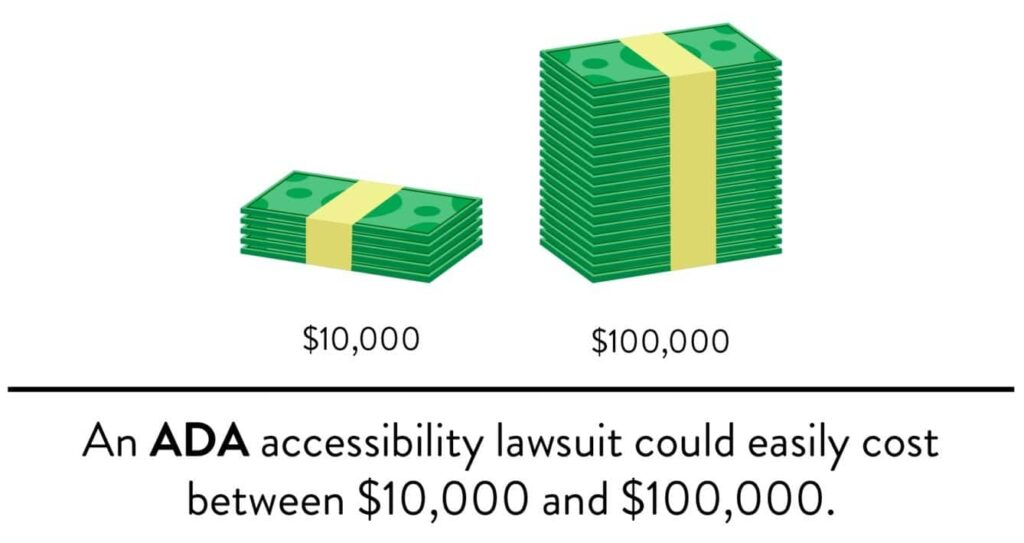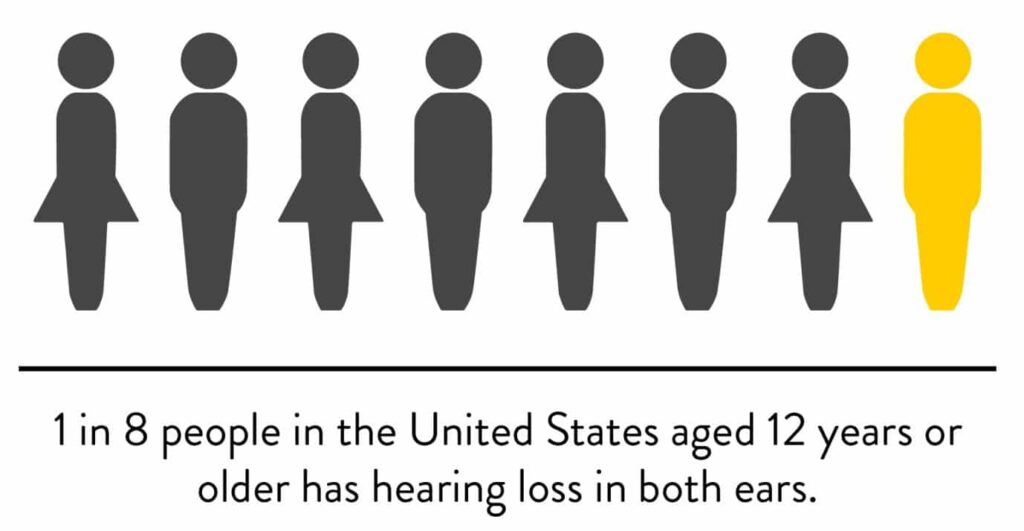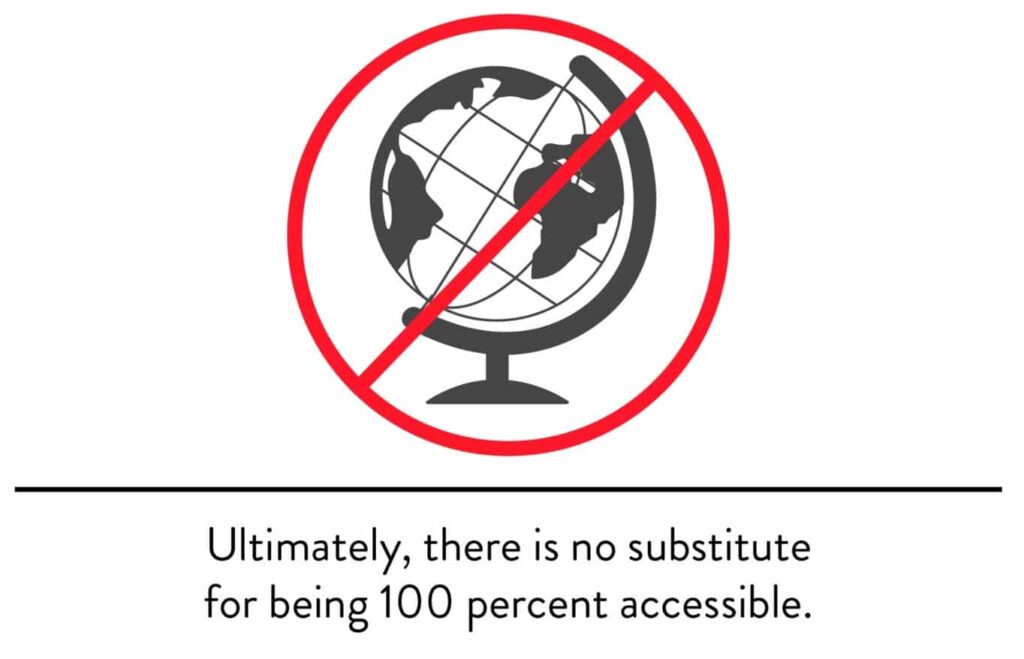For some, closed captions are simply those words that pop up at the bottom of the television (or computer or tablet or cell phone) that describe the on-screen dialogue and action. But for more than 50 million Americans in the deaf and hard-of-hearing community, captions are so much more — they are an important connection to a world that many in the hearing community take for granted.
Captions provide a link not only to entertainment, but to education, news, and emergency information. A broad range of organizations from tech firms to financial service advisers also use captions to help employees, customers, and partners access and navigate the world around them.
In short, captions play a crucial function in the daily lives of millions.
But, surprisingly, there still are some that fail to caption their content and, thereby, exclude a large segment of the population. Below are just a few things that can happen when you don’t use captions.
1) You Risk Running Afoul of Regulations (and Lawsuits)
Providing captions for live events, videos, boardroom presentations, webinars, or corporate conferences is neither complicated, time-consuming, nor expensive. Captions have and will continue to expand well beyond traditional television and media, into the business, government agency and education sectors, and reach new audiences every day via computer screens, tablets, and smartphones.
The Americans with Disabilities Act (ADA) is the first comprehensive civil rights legislation addressing the basic accessibility needs of people with disabilities. Though the ADA and captions don’t always necessarily go hand-in-hand, becoming and remaining compliant is a means to accommodate those who are deaf and hard of hearing and to ensure accessibility.
Section 508 of the Rehabilitation Act, however, requires federal agencies to make electronic and information technology accessible to people with disabilities. The section regarding “video and multimedia products” deals specifically with accessible media services and requires all training and informational video and multimedia productions that contain speech or other audio information be open or closed captioned.

And that’s not even mentioning the additional cost of making the accommodations after the lawsuit is settled.
Here are some examples of recent legal actions:
* National Public Radio (NPR) was sued last month over claims that the network discriminates against the deaf and hard of hearing by not providing closed captioning of videos on its website. The suit was filed in the U.S. District Court for the Southern District of New York.
* Earlier this year, Denver’s Pepsi Center settled a federal lawsuit that accused the arena and its ownership of violating the Americans with Disabilities Act by not providing captioning services during its sporting events. Under the settlement, Pepsi Center began providing captions for non-concert events, including those for announcements such as player information, scoring stats, player interviews, and promotions broadcast over the public address system, via the arena’s ribbon boards. The arena also added closed captioning on handheld devices.
* The Cheesecake Factory in February agreed to pay $15,000 to settle an Equal Employment Opportunity Commission (EEOC) disability discrimination suit alleging that the company failed to provide effective accommodations for an employee and, instead, fired him for issues stemming from his disability.
* FedEx Ground is defending against a suit filed by the EEOC based on more than a dozen separate charges of discrimination against deaf and hard-of-hearing package handlers and job applicants. The suit claims that FedEx Ground failed to provide needed accommodations such as American Sign Language interpretation and closed captioned training videos during tours of the facilities and new-hire orientation for deaf and hard-of-hearing applicants, and failing to provide communications-based accommodations for mandatory meetings.
2) You Miss Out on Reaching Millions in the DHOH Community
Captions don’t exist merely for the convenience of people watching television in a crowded, noisy restaurant or for those watching muted videos during their subway ride home from work. For many people, captions are not a luxury — they are a necessity.

Add to that an ever-growing number of Americans who want to watch video content but find themselves in environments where it’s impossible to hear the audio — at the library or on a crowded gym’s treadmill — and the number of people who rely on captions grows much larger.
Captions open your content and make it more accessible to everyone, including those in the hearing and DHOH communities as well as those for whom English is a second language.
3) You Show that You’re Not Inclusive
Ultimately, there is no substitute for being 100 percent accessible. Providing accessibility solutions for all customers, clients, and employees — whether it be via captioned content, wheelchair access, or accessible website design — not only satisfies government requirements but is good business and simply the right thing to do.

The government may amend current policies to encourage greater accessibility, but companies and businesses, themselves, can be more active and take greater steps in embracing people’s differences.
Captioning your video and content – whether it be broadcast or streaming programs, training videos, promotional spots, or advertisements – goes a long way to promoting inclusiveness that customers can access with the click of the CC button.
VITAC, a leader in captioning services for more than 30 years, offers a broad array of accessible solutions. Click here to learn more about creating inclusive, complaint, captioned content.




